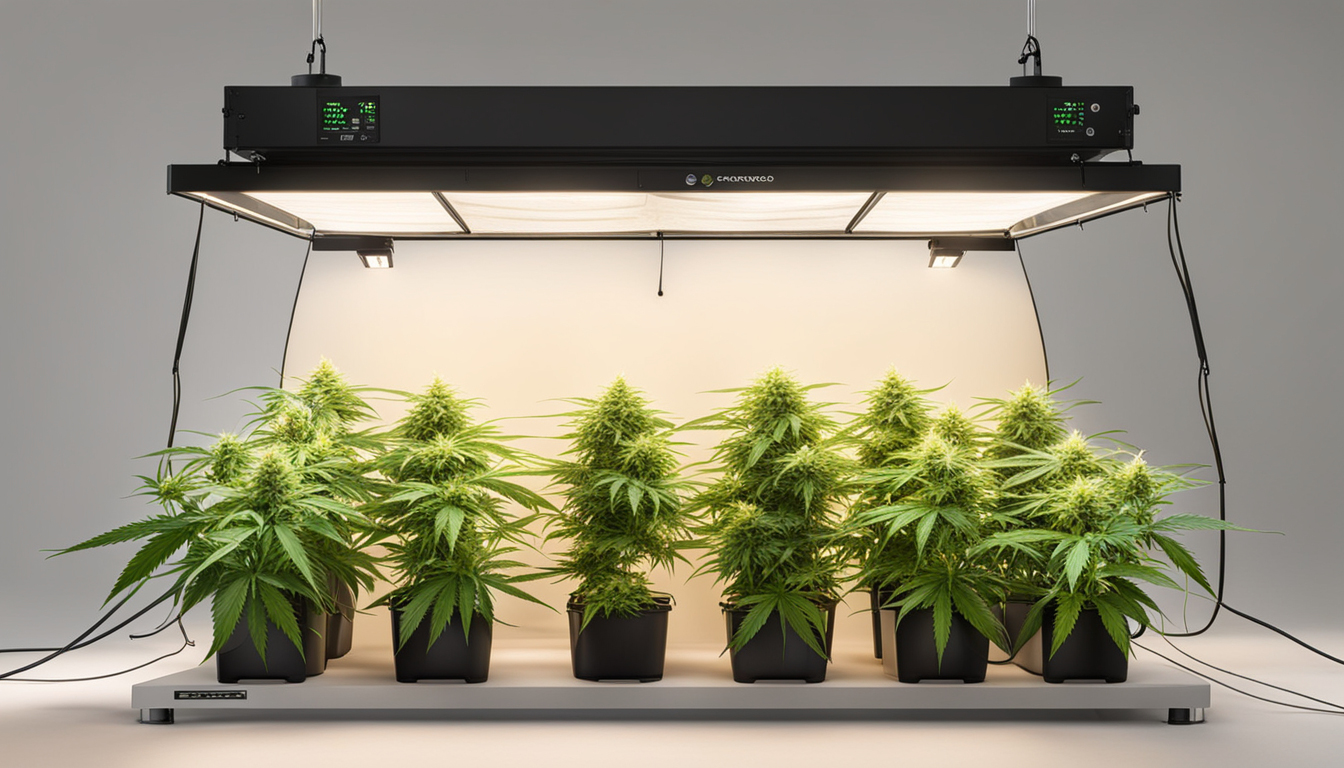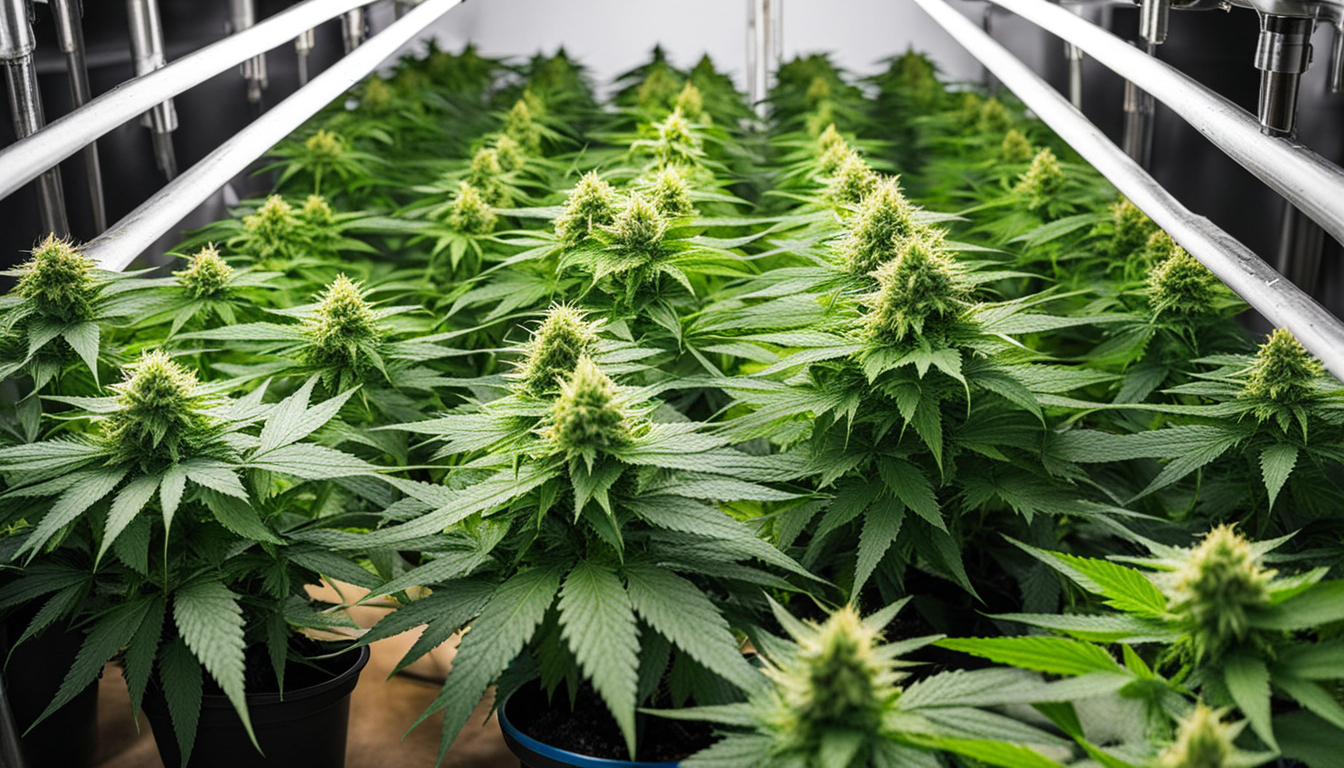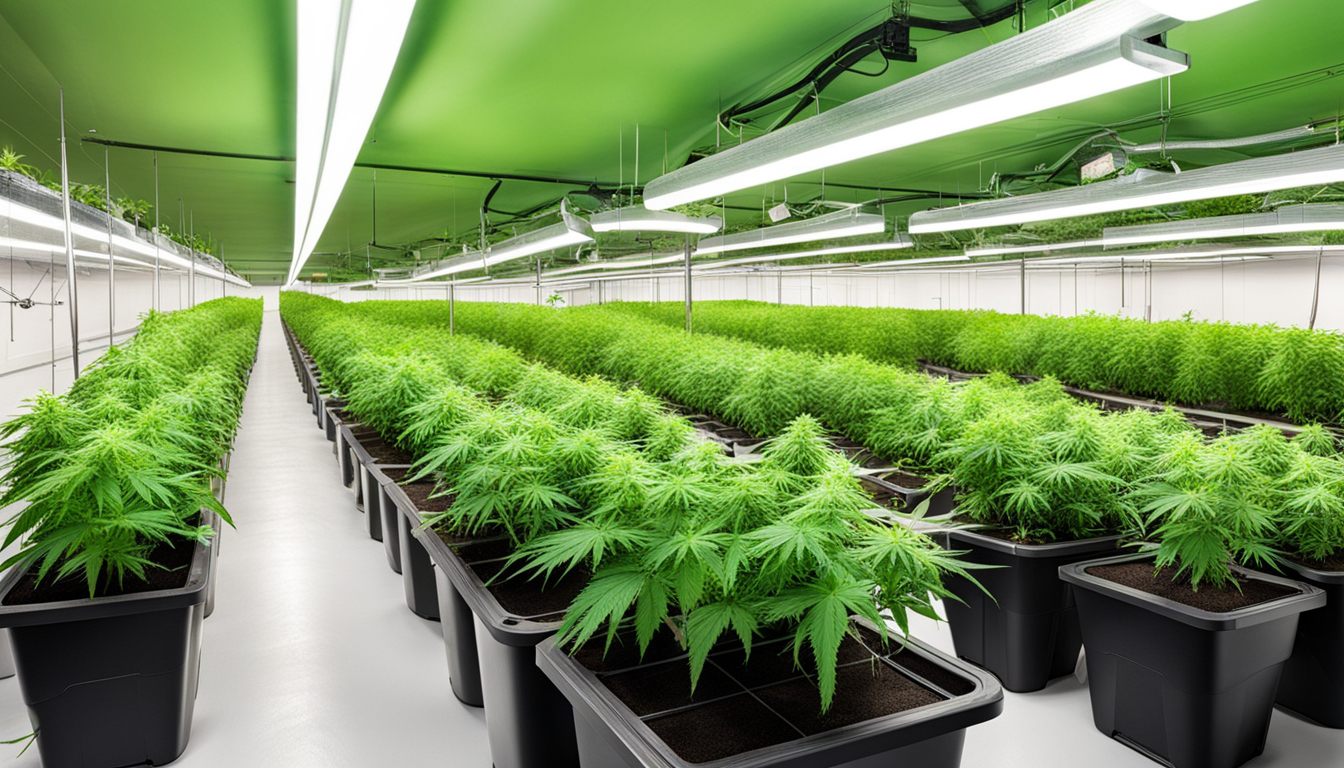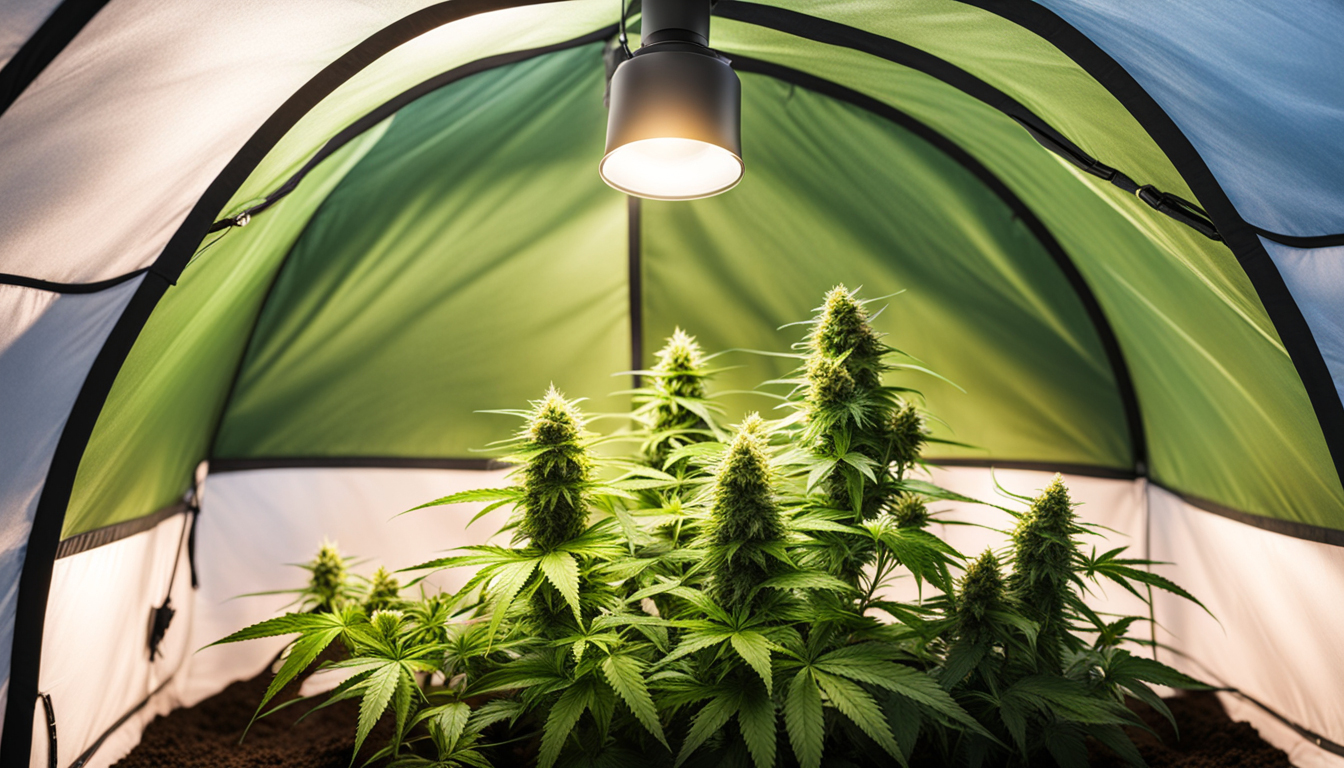
Whether you're new to marijuana production or looking to improve your existing grow, following this complete guide will help you produce big, high-quality yields right at home. With the right gear, methods, and attention, cultivating cannabis indoors can be an extremely productive and cost-effective endeavor.
Choosing Pot Strains
The first step in planning your indoor grow is selecting the right marijuana cultivars to produce. The three main types of pot plants each have their own characteristics.
Sativas
Known for their energizing intellectual effects, these strains spread tall and slender with narrow leaves. They flourish in warmer equatorial climates and have a longer flowering time between 10-12 weeks indoors. Top energizing varieties include Jack Herer, Durban Poison, Super Lemon Haze, and Jack Herer.
Relaxing strains
These strains provide calming body-focused effects and spread short and bushy with wide leaves. Accustomed to colder mountain climates, they bloom faster within 2-2.25 months. Popular relaxing varieties include Granddaddy Purple, Northern Lights, and Bubba Kush.
Hybrids
Hybrid strains blend traits from both sativas and indicas. They offer combined effects and have moderate flowering periods around 9-10 weeks. Well-known hybrids are OG Kush, Girl Scout Cookies, and Blue Dream.

Setting Up Your Grow Space
Cannabis plants need the right controlled environment to succeed. Key factors for indoor cultivations are lights, ventilation, layout, and finding the ideal discreet spot.
Location
Choose an empty space with easy access to irrigation and power outlets. An empty extra bedroom, unused closet, basement corner, or grow tent securely placed in a garage all make great discreet grow room spots.
Lighting
Pot requires powerful light for all growth stages. LED grow lights are efficient and come in broad spectrum options simulating natural outdoor light. Provide 250-400 watts per square foot for the growth stage and 400-600 watts per square foot for bloom.
Airflow
Proper airflow and exhaust systems keep ideal temp, humidity, and pure CO2 levels. Set up quiet 10-15 cm blowers or carbon filters to circulate stale air and eliminate smells.
Layout
Maximize your space by arranging plants strategically under the lamps and leaving room to reach and work around them. Set up distinct zones for vegetation, bloom, drying, and cloning.

Growing Substrates
Weed can be cultivated in different substrates, each with pros and cons. Pick a proper option for your particular setup and growing style.
Soil
The traditional medium, soil is affordable and easy for new growers. It provides great taste but requires more watering and nutrients to nourish plants. Enrich soil with vermiculite or coco to enhance drainage.
Coco Coir
Made from coir, reusable coconut fiber holds water but still allows air to the roots. It's more sterile and more predictable than soil. Use coco-specific fertilizers to prevent accumulation.
Hydroponics
In water systems, plant roots grow directly in fertilizer water solution. This allows quick development but needs close observation of water chemistry. DWC and drip systems are common methods.
Sprouting Seeds
Germination activates your pot Click Here seeds to begin growing taproots. This readies them for transplanting into their growing medium.
Paper Towel Method
Put seeds between damp paper towels and maintain them damp. Check after a week for growing taproots indicating sprouting is complete.
Direct Planting
Plant seeds right into wetted growing medium 6mm deep. Gently water and wait 7-14 days until sprouts break through the top.
Rockwool Cubes
Soak cubic rockwool starters in balanced water. Insert seeds 6mm deep into the cubes. Keep cubes wet until seedlings emerge within a week to 2 weeks.
Repotting Young plants
Once sprouted, weed young plants need to be repotted to avoid overcrowding. Move them into proper sized pots.
Ready Containers
Fill final containers with growing medium amended with slow-release fertilizer. Let pots to soak up water overnight before transplanting.
Carefully Transplanting
Carefully loosen young Subscribe Now roots from sprouting medium using a spoon. Place into prepared container at equal depth as before and gently water in.
Growth Stage
The growth stage promotes leafy growth and plant structure through 3/4 to full day of continual lighting exposure. This stage usually lasts 4-8 weeks.
Providing 18-24 Hours of Light
Use lamps on a 24 daily schedule or outdoor light to initiate nonstop photosynthesis. Light output influences height and internodal spacing.
Fertilizing
Use vegetative stage fertilizers richer in N. Make sure pH remains around 5.8-6.3 for full nutrient uptake. Fertilize 25-50% concentration after 14 days and strengthen slowly.
LST and topping
Fimming, LST, and trellising direct shoot shapes for flat canopies. This boosts yields.

Flowering Stage
The flowering stage grows buds as plants reveal their sex under a 12 hour light schedule. It lasts 2-3 months depending on variety.
Switching to 12/12
Switch grow lights to 12 hours on, 12 hours off or place outside for natural 12/12 timing. This triggers plants to begin flowering.
Stop Fertilizing
Leaching flushes out nutrient salts to improve flavor. Feed weakly Subscribe Now the first weeks then just use pH'd water the last 2 weeks.
Flushing
Continue 12/12 light timing but leach using neutral pH water only. Resume clean watering if buds aren't ripe after two weeks.
Harvesting
Knowing when pot is completely mature ensures maximum potency and aroma. Harvest plants at peak ripeness.
Identifying Ripeness
Look for fading pistils, swelling calyxes, and 5-15% amber trichomes. Inspect buds around the plant as they don't all mature evenly.
Harvesting plants
Use clean, sharp trimming scissors to gently cut each plant at the base. Keep 5-10cm of stem attached.
Curing
Suspend whole plants or colas inverted in a dark room with moderate temperature and humidity around 45-65% for 7-14 days.
Curing
Aging keeps drying while improving the buds like fine wine. This technique mellows harshness and intensifies cannabinoid contents.
Curing containers
Trim cured buds from stems and store into glass jars, packing about 75% capacity. Use a hygrometer to monitor container humidity.
Opening jars daily
Open containers for a few hours each day to slowly reduce humidity. Rehydrate buds if humidity goes under 55%.
Long term storage
After 2-3 weeks when moisture stabilizes around 55-65%, perform a last trim and keep long-term in airtight jars.
Common Problems and Solutions
Even seasoned growers run into different cannabis plant problems. Detect issues early and address them correctly to maintain a vibrant garden.
Nutrient Deficiencies
Chlorosis often indicate inadequate nitrogen. Purpling stems and leaves signal low phosphorus. Check pH and boost nutrients slowly.
Pests
Thrips, aphids, fungus gnats, thrips, and nematodes are frequent weed pests. Use organic sprays, ladybugs, and yellow traps for natural control.
Mold
Excessive humidity promotes botrytis and bud rot. Increase airflow and circulation while lowering humidity under 50% during flowering.

Summary
With this complete indoor cannabis cultivation guide, you now have the info to cultivate bountiful potent buds for personal grows. Apply these techniques and techniques throughout the seed starting, growth, and bloom stages. Spend in quality equipment and carefully check on your plants. In time, you'll be compensated with sticky aromatic buds you grew yourself under the loving care of your green thumbs. Good luck cultivating!